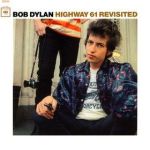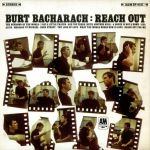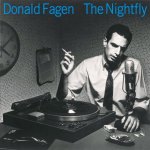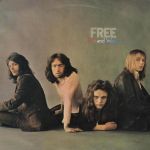
More of the Music of James Taylor
Reviews and Commentaries for Sweet Baby James
There is one obvious and somewhat bothersome fault with this new pressing, an EQ issue. Anybody care to guess what it is? Send us an email if you think you know.
Hint: it’s the kind of thing that sticks out like a sore thumb, the kind of obvious EQ error I can’t ever recall hearing on an original pressing, as bad as so many of those may be.
Our review for the Steve Hoffman remastered pressing follows.
This Warner Brothers 180g LP is the BEST SOUNDING Heavy Vinyl reissue to come our way in a long long time. Those of you who’ve been with us for a while know that that’s really not saying much, but it doesn’t make it any less true either, now does it? Let’s look at what it doesn’t do wrong first.
It doesn’t sound opaque, compressed, dry and just plain dead as a doornail like so many new reissues do. It doesn’t have the phony modern mastering sound we hate about the sound of the new Blue. (We seem to be pretty much alone in not liking that one, and we’re proud to say we still don’t like it.)
The new Sweet Baby James actually sounds like a — gulp — fairly decent original.
The amazing transparency and dynamic energy of the best originals will probably never be equalled by an audiophile pressing like this. (It hasn’t happened yet and we remain skeptical of the possibility.) Considering that this pressing is sure to beat most reissues, imports and such like, we have no problem heartily recommending it to our customers, especially at the price.
Hoffman and Gray can take pride in this Sweet Baby James. It’s some of the best work I’ve heard from them to date. If more DCC and Heavy Vinyl reissues sounded like this, we wouldn’t be so critical of them. Unfortunately they don’t, and there are scores of pages of commentary on the site to back up that statement for those of you interested in the subject.
The real thing can’t be beat, but this gets you a lot closer to the sound of the real thing than most of the Heavy Vinyl we’ve heard. I would say it easily qualifies for a Heavy Vinyl Top Ten ranking. We don’t actually have a Heavy Vinyl Top Ten List, but if we ever make one up, expect to see this record on it.
What to Listen For
As a general rule, Sweet Baby James, like most Heavy Vinyl pressings, will fall short in some or all of the following areas when played head to head against the vintage pressings we offer:
Below you will find our reviews and commentaries for the hundreds of Heavy Vinyl pressings we’ve played over the years.
We confess that even as recently as the early 2000s we were still impressed with the better Heavy Vinyl pressings. If we’d never made the progress we’ve worked so hard to make over the course of the last twenty or more years, perhaps we would find more merit in the Heavy Vinyl reissues so many audiophiles are impressed by these days.
We’ll never know of course; that’s a bell that can be unrung. We did the work, we can’t undo it, and the system that resulted from it is merciless in revealing the truth — that these newer pressings are second-rate at best and much more often than not third-rate and even worse.
Some audiophile records sound so bad, I was pissed off enough to create a special list for them.
Setting higher standards — no, being able to set higher standards — in our minds is a clear mark of progress. Judging by the hundreds of letters we’ve received, especially the ones comparing our records to their Heavy Vinyl and Half-Speed mastered counterparts, we know that our customers see — and hear — things the same way.



 More of the Music of Antonio Carlos Jobim
More of the Music of Antonio Carlos Jobim




